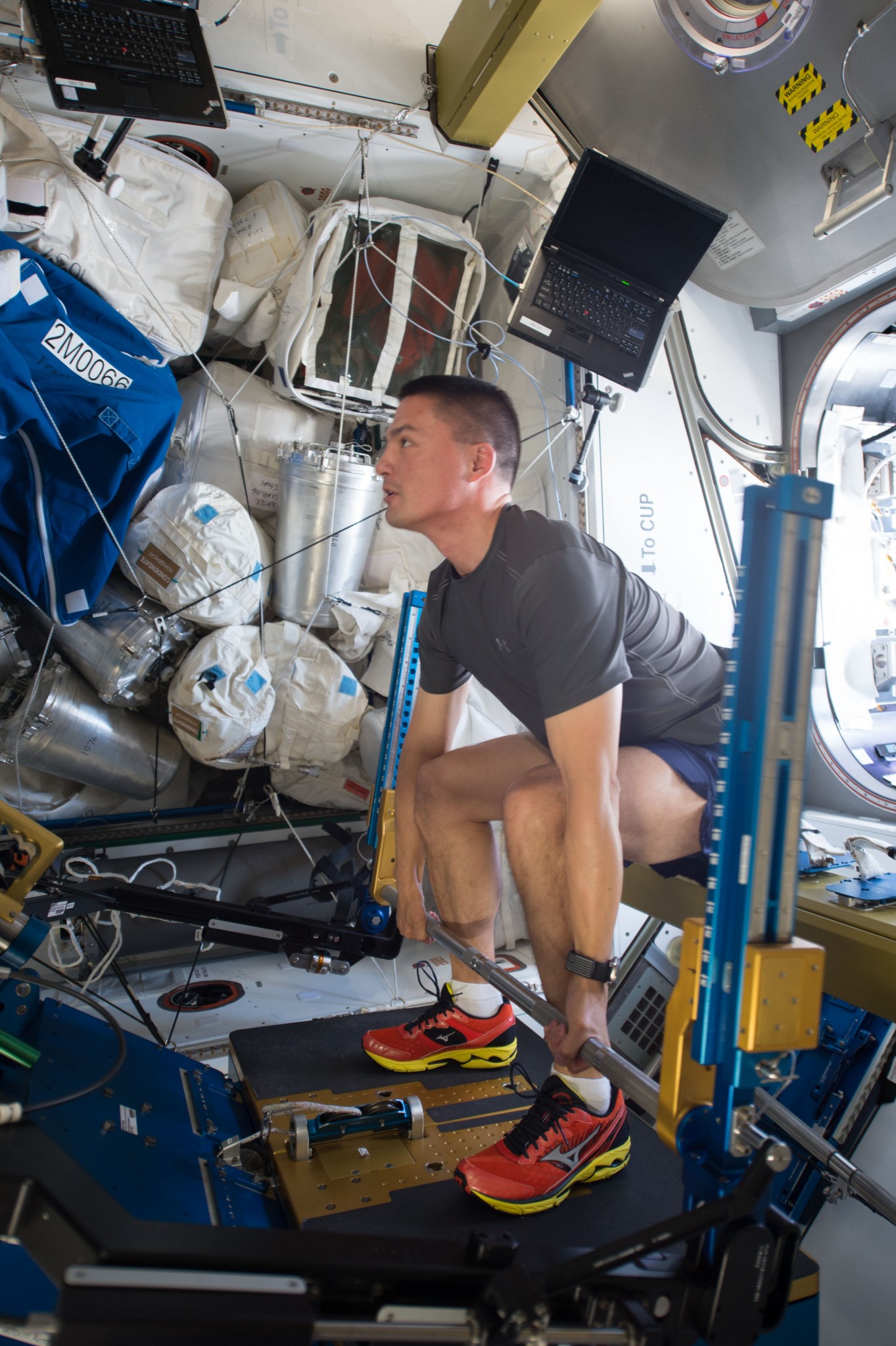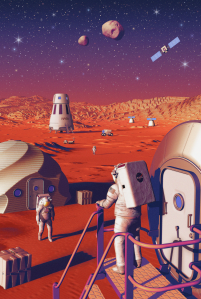NASA’s Human Research Program selected a proposal to help protect astronaut bone health and performance during future long-duration missions beyond low-Earth orbit. The study will focus on trabecular bone microarchitecture of the bone, which is a porous area of large bones that adapts to the forces, like gravity, that it is subjected to. Changes to this structure may result in decreased bone density or increased fracture risk. The selected study will help scientists characterize changes of trabecular bone microarchitecture due to microgravity in spaceflight.
NASA Human Research Program’s Human Health Countermeasures Element awarded Principal Investigator Jean Sibonga from NASA’s Johnson Space Center in Houston to conduct the first study to assess trabecular bone microarchitecture changes in a unique model mimicking microgravity effects. The project will use a spinal cord injury (SCI) model to understand the skeletal effects of long-duration spaceflight on hip trabecular bone microarchitecture and provide better measurement methods for the future. The selection of the SCI model is an innovative method to mimic unloading conditions experienced by crew in spaceflight.
The selected proposal will receive $800,000 over a three-year period. The projects were selected from 12 proposals received in response to the 2021 Human Exploration Research Opportunities Appendices A and B.
Science and technology experts from academia, government, and industry independently reviewed the proposals.
The selected proposal, principal investigator, and organizations is:
- Jean Sibonga, NASA Johnson Space Center, “Magnetic Resonance Imaging (MRI) to Assess Changes to Trabecular Microarchitecture of the Hip”
____
NASA’s Human Research Program, or HRP, pursues the best methods and technologies to support safe, productive human space travel. Through science conducted in laboratories, ground-based analogs, and the International Space Station, HRP scrutinizes how spaceflight affects human bodies and behaviors. Such research drives HRP’s quest to innovate ways that keep astronauts healthy and mission-ready as space travel expands to the Moon, Mars, and beyond.
































